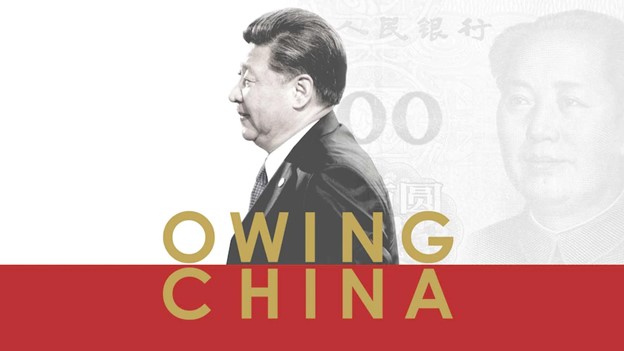The Chinese lending system has played a significant role in the country’s remarkable economic growth over the past few decades. China’s banking sector has undergone significant reforms and has become increasingly integrated into the global financial system, providing financing for the country’s rapidly growing economy. However, the economic impact of Chinese lending has also been a source of controversy and concern, both domestically and internationally.
One of the key benefits of the Chinese lending system has been its ability to finance large-scale infrastructure projects and support economic growth. The state-owned banks, which dominate the banking sector, have been able to provide financing for major projects, such as the construction of high-speed rail lines and the development of new urban centers. This has contributed to China’s rapid economic growth and modernization, helping to lift millions of people out of poverty.
However, the Chinese lending system has also been criticized for its lack of transparency and its potential to generate financial risks. The state-owned banks have often been accused of providing loans to state-owned enterprises without proper risk assessment, leading to the buildup of significant amounts of non-performing loans. The Chinese government has been implementing reforms to address these issues, but there is still a long way to go to ensure the sustainability of the banking sector.

Another concern is the impact of Chinese lending on global financial markets. China is one of the largest sources of global credit, and its lending practices have the potential to create ripple effects throughout the global financial system. For example, if a significant number of Chinese loans were to default, it could lead to a loss of confidence in the Chinese banking sector, which could in turn trigger a wider financial crisis.
The Chinese lending system has played a significant role in the country’s economic growth, but it also poses significant risks and challenges. To ensure the sustainability of the banking sector and to minimize the risks to the global financial system, the Chinese government must continue to implement reforms to improve transparency and risk management practices. Additionally, closer international cooperation and collaboration are necessary to mitigate the potential impact of Chinese lending on the global financial system.
The Chinese lending system has been a crucial factor in the country’s remarkable economic growth over the past few decades. The banking sector has undergone significant reforms, providing financing for the country’s rapidly growing economy. However, the impact of Chinese lending has also been a source of controversy, both domestically and internationally.

The Chinese lending system has increased access to credit for individuals and businesses, particularly in rural and underdeveloped regions. This has helped to spur economic growth and development, especially in the countryside. The state-owned banks, which dominate the banking sector, have been able to provide financing for major infrastructure projects, such as the construction of high-speed rail lines and the development of new urban centers. This has contributed to China’s rapid economic growth and modernization. Increased access to credit has also enabled Chinese citizens to improve their standard of living by purchasing homes, cars, and consumer goods. This has helped to drive consumer spending, which is a crucial component of the Chinese economy.
The Chinese lending system has been criticized for its lack of transparency. The state-owned banks have often been accused of providing loans to state-owned enterprises without proper risk assessment, leading to the buildup of significant amounts of non-performing loans. The lack of transparency in the Chinese lending system also creates financial risks, as the true health of the banking sector is difficult to determine. This has led to concerns about the stability of the financial system and the potential for a financial crisis.
The impact of Chinese lending on global financial markets is a concern, as China is one of the largest sources of global credit. Its lending practices have the potential to create ripple effects throughout the global financial system, leading to a loss of confidence in the Chinese banking sector and triggering a wider financial crisis.

In conclusion, the Chinese lending system has both advantages and disadvantages. While it has increased access to credit and supported infrastructure development, it also poses significant financial risks and challenges. To ensure the sustainability of the banking sector and to minimize the risks to the global financial system, the Chinese government must continue to implement reforms to improve transparency and risk management practices.
Written by – Anvesha Tiwari
Edited by – Swastika Das
